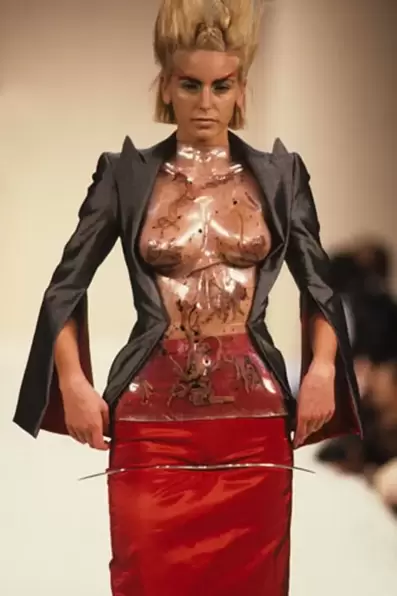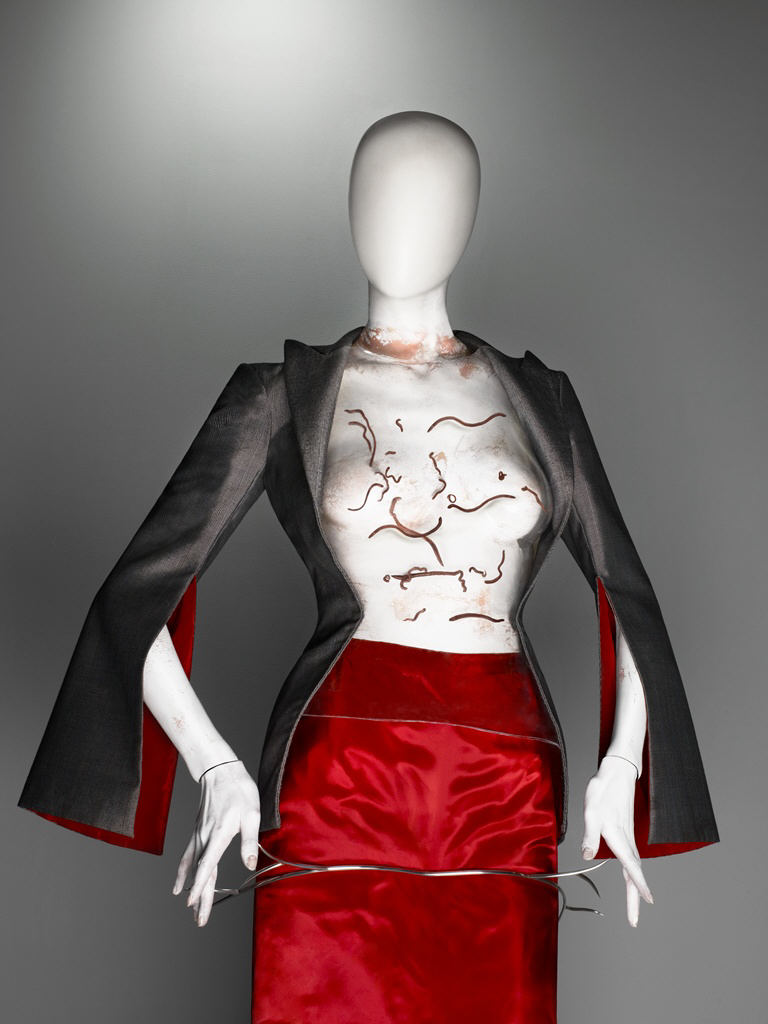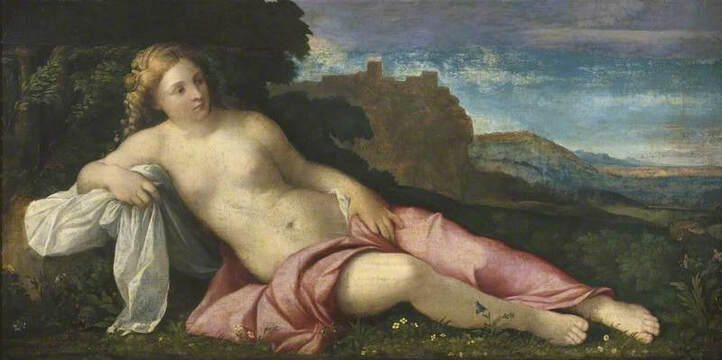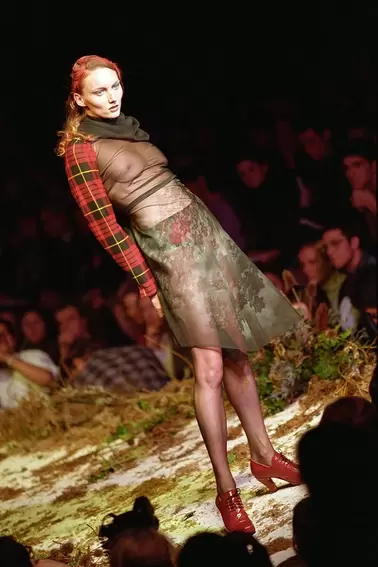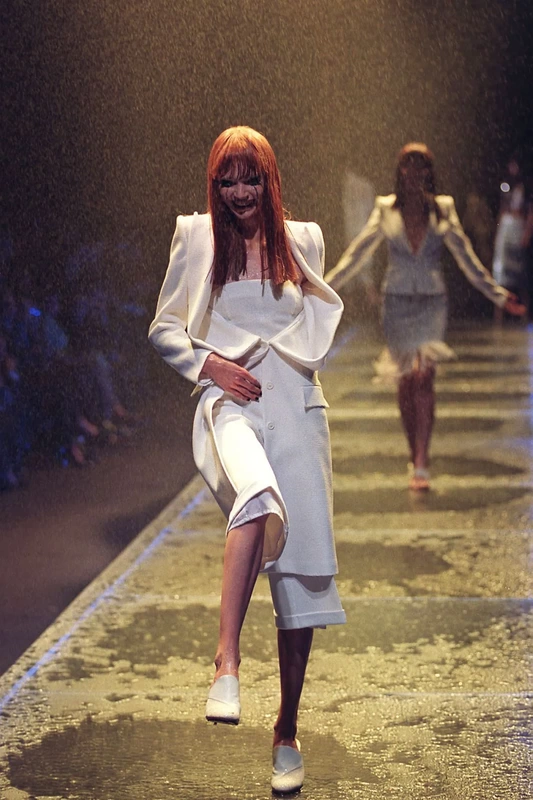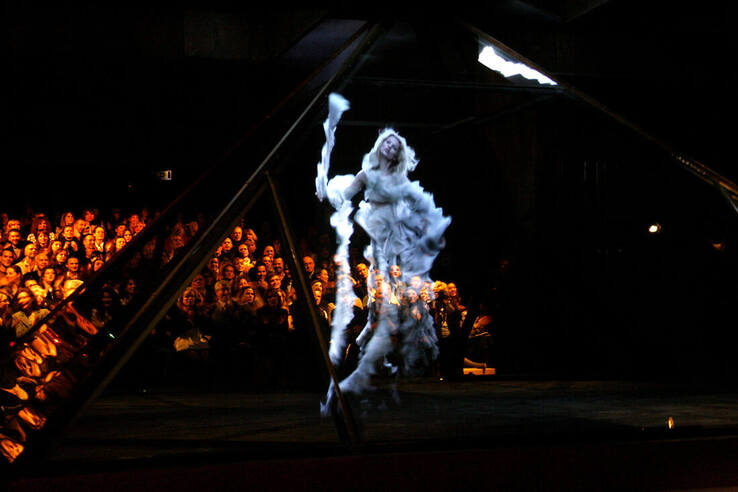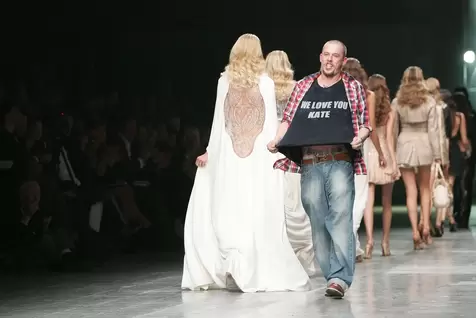Lee Alexander McQueen, controversy, brilliance, and turning the fashion industry upside down1/10/2023
Lee Alexander McQueen, 1969-2010, was a British fashion designer who rose to prominence in the early 1990s and quickly became known for his rebellious and controversial approach to fashion design. He was known for incorporating historical references into his work, often drawing inspiration from art, literature, and cultural traditions from around the world. However, he also challenged traditional notions of beauty and used his designs to question and subvert societal norms. One of McQueen's most famous collections, "The Hunger," questioned beauty standards placing models in see through plastic corsets. The corsets were filled with earthworms which appeared to be crawling over the body of the model whose breasts and torso was revealed through the transparent plastic. In an interview with The Face McQueen said of beauty, "It’s the ugly things I notice more, because other people tend to ignore the ugly things.” McQueen would make a point throughout his career to challenge the notions of beauty standards in the fashion industry. In his "Voss" collection, for example, he featured models with shaved heads and bold, graphic makeup, subverting traditional notions of feminine attractiveness. He also frequently used unconventional models in his shows, including plus-sized and older models, further challenging the narrow beauty standards often promoted in the fashion industry. During the finale of Voss the walls of what appeared to be a solid cube collapsed shattering glass across the runway. Inside was fetish fashion critic Michelle Olley posed nude, her body covered in moths. Olley's reclining pose referenced Greek goddess of beauty Venus.
However, his father was a Scottish cab driver in London, and regarding the criticism, he said that it “was a shout against English designers…doing flamboyant Scottish clothes. My father’s family originates from the Isle of Skye, and I’d studied the history of the Scottish upheavals and the Clearances. People were so unintelligent they thought this was about women being raped- yet Highland Rape was about England’s rape of Scotland.” In yet another controversy, he had titled a show “Golden Shower,” the show’s sponsor, American Express, pressured McQueen to change the name for its sexual fetish connotation. Although the show’s name was changed during the show’s finale, as models dressed in all white came down the catwalk, they were bathed in a yellow light as a sprinkler system was set off. This ultimately allowed McQueen to give his coveted designs a golden shower. McQueen was at the vanguard of technology. In one show, he incorporated a 3-D hologram of model Kate Moss who at the time, had been shunned from the fashion industry for her involvement in a cocaine scandal. She modeled on the catwalk during the finale of his “Windows of Culloden," show in 2006 presented as a realistic 3-D hologram in front of the very fashion industry critics who had shunned her. Despite the controversies, McQueen's talent and vision as a designer were undeniable. He was widely admired by his peers, and his work has exhibited in museums around the world. He received numerous awards and accolades during his career, including the prestigious Designer of the Year award from the Council of Fashion Designers of America in 2003.
Lee Alexander McQueen was a complex and controversial figure, but his contributions to the fashion world are undeniable. His use of historical references and questioning of traditional beauty standards set him apart as a designer, and his impact is still felt today. Comments are closed.
|
